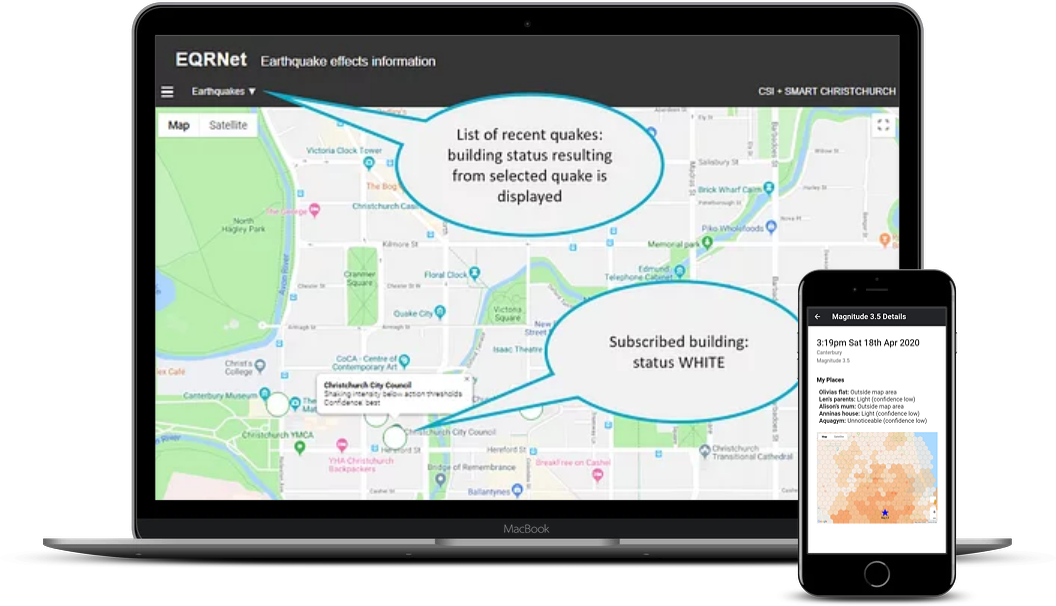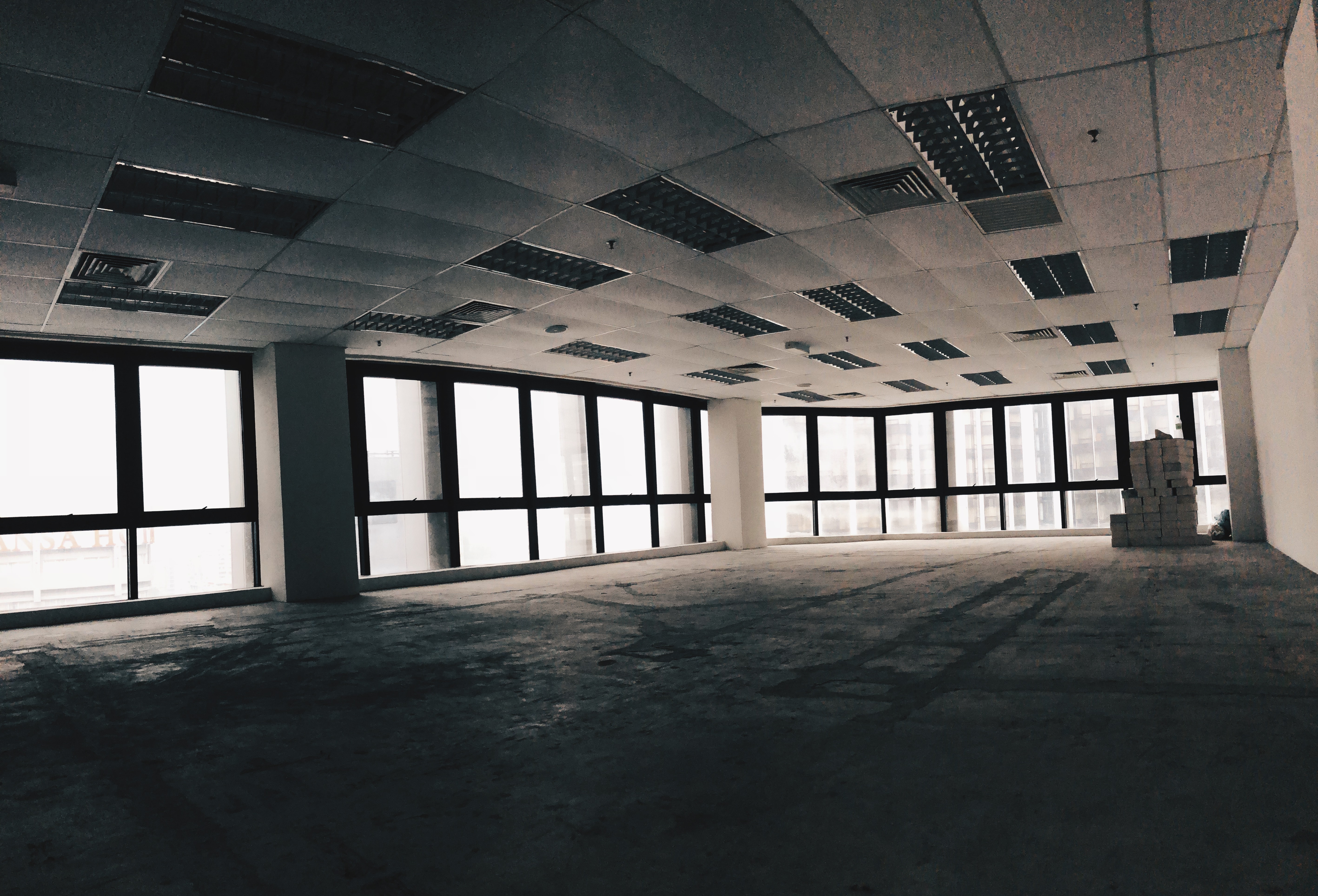New Zealand isn't called 'the shaky isles' for nothing. Earthquakes are a fact of life here; the past decade has seen significant seismic activity and the science tells us to expect more in the future. We can't prevent the quakes, but we can be prepared for them and with Sentinel, we have the technology to help us make smart, fast decisions after they’ve occurred.
Topics: Insider, News, Earthquake Preparation
GeoNet vs Sentinel: A side-by-side comparison of an earthquake measurement
When an earthquake strikes, the go-to resource for most New Zealanders is GeoNet. Following an event, people quickly jump onto the site to review the magnitude and the intensity of the quake or “reported shaking”. But before accepting this information, it’s important to first understand how GeoNet sources these reports.
Topics: News, Earthquake Preparation
For the past ten years, Christchurch and surrounding areas have continued to experience on-going seismic activity. Sometimes the quakes aren't widely felt, others are short sharp jolts that see Twitter and Facebook light up. The severity of ground shaking during an earthquake, as it's related to specific building locations and the structure of those buildings, can have an impact on the safety of those buildings and whether they should be occupied or not.
Topics: News, Earthquake Preparation
Topics: Earthquake Preparation, Structural Health Monitoring, Structural Monitoring Systems
How to build a best practice co-ordinated incident management system.
It may come as somewhat of a surprise, but what we've learned here at Sentinel is that since the September 2010 and February 2011 earthquakes, Kiwi businesses and organisations are still not as prepared for them as they should be. This is true even of Canterbury businesses, who've been through significant seismic events.
Topics: Earthquake Preparation, Structural Health Monitoring, Structural Monitoring Systems
Why no two earthquakes are the same – and what it means for building assessment
New Zealand has a very shaky history. The last decade has seen significant seismic activity, ranging from barely noticeable to highly destructive. And the science tells us that it will continue on this way - meaning that everyone, from individuals to business owners to managers of large infrastructure, needs to be ready for future events.
Topics: Earthquake Preparation, Structural Health Monitoring, Structural Monitoring Systems
Global best practice for earthquake response and resilience: the 10 key factors
New Zealand – and specifically the Canterbury region - has become one of the most seismically active developed countries in the world. Since 2010, we've experienced many quakes ranging from barely felt to significantly destructive. Compared to other earthquake-prone areas of the world, this gives us relevant, recent experience that others don’t.
Topics: Earthquake Preparation, Structural Health Monitoring, Structural Monitoring Systems
Six lessons for Kiwi business owners from the Christchurch and Kaikoura earthquakes
Many businesses look to the wrong data to make key decisions about their people and buildings in the immediate aftermath of an event.
Topics: Earthquake Preparation, Structural Health Monitoring, Structural Monitoring Systems
The Alpine Fault. Its next earthquake is overdue, making it quite possible that most Kiwis alive today will see it rupture in a magnitude-8 earthquake, leading scientists say. When it does, the entire South Island will be affected on some level; roads and railways broken or blocked, rivers dammed or diverted, many buildings damaged to some degree. Some towns will be cut off completely, possibly for months. And it’s not just the “big one” itself – there will be an entire sequence of multiple magnitude 7, 6 and 5 quakes rippling up and down the island for years afterward.
Topics: Earthquake Preparation, Structural Health Monitoring, Structural Monitoring Systems









